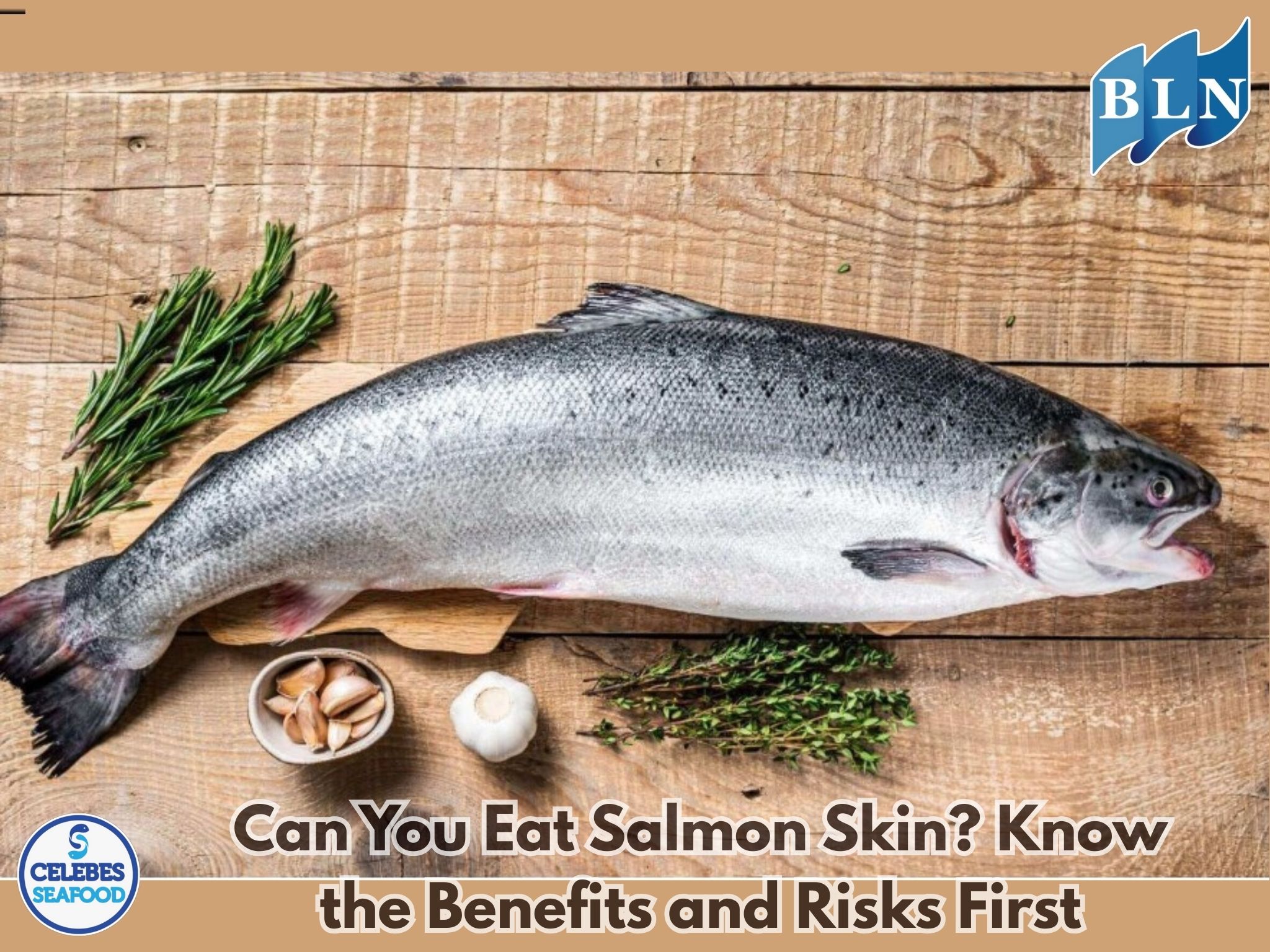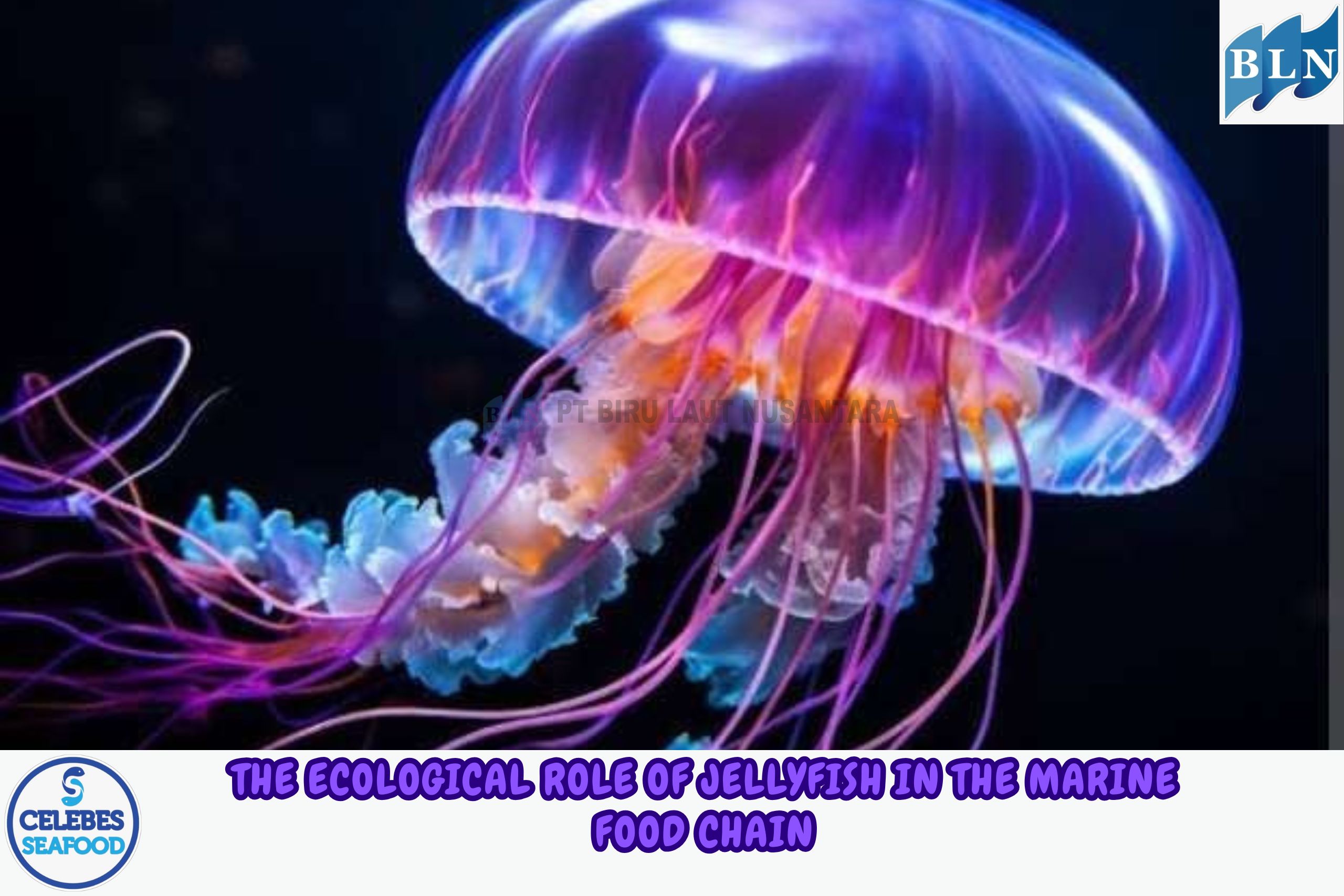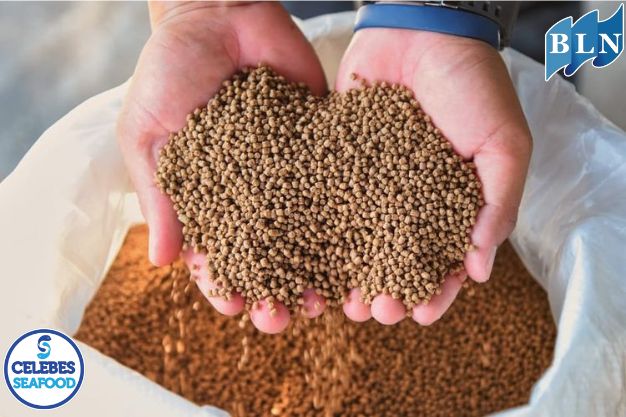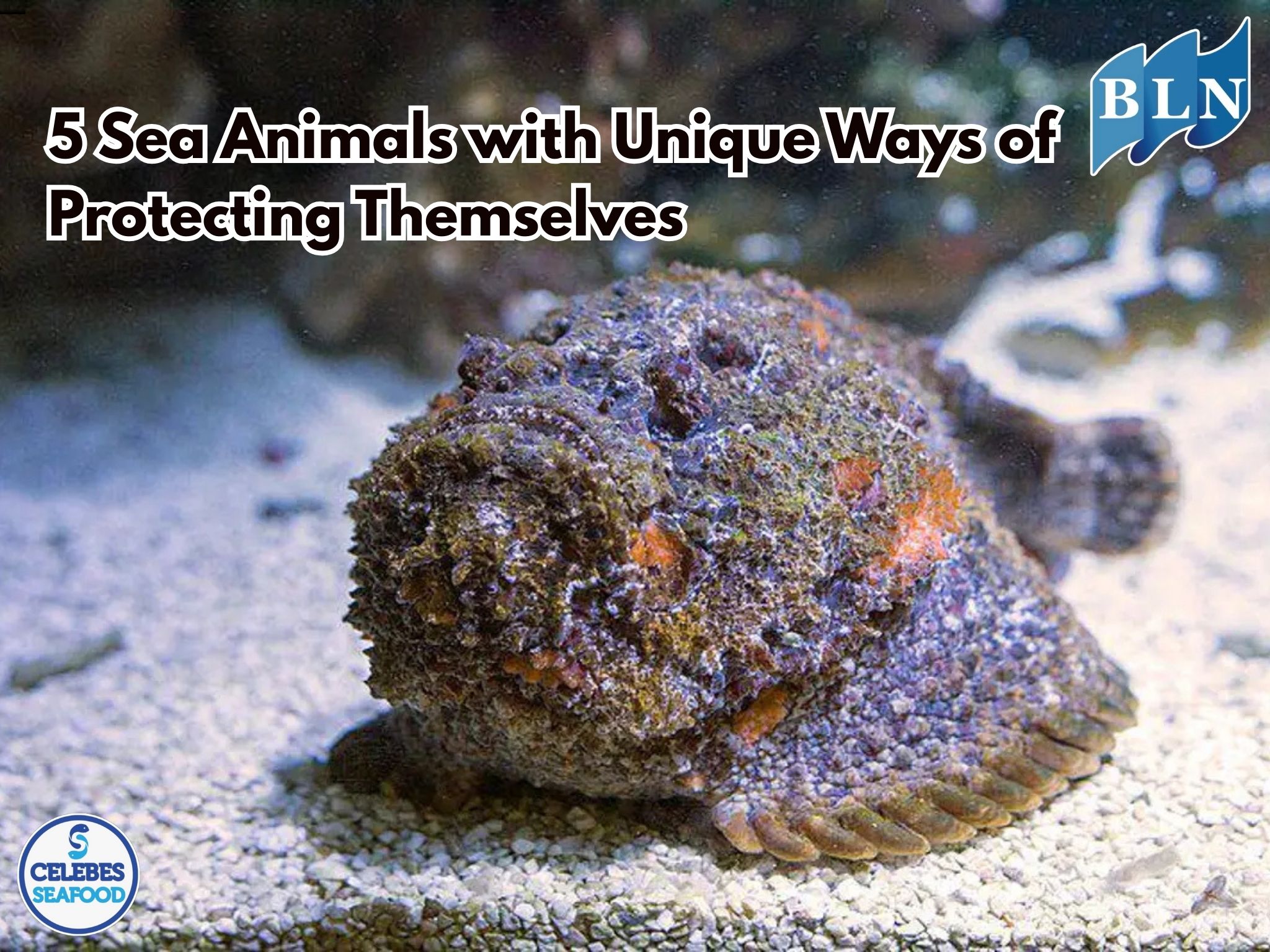Damage to Aquatic Ecosystems Due to Industrial Waste: The Silent Threat Behind the Rumble of Industry
By. Edi - 31 May 2025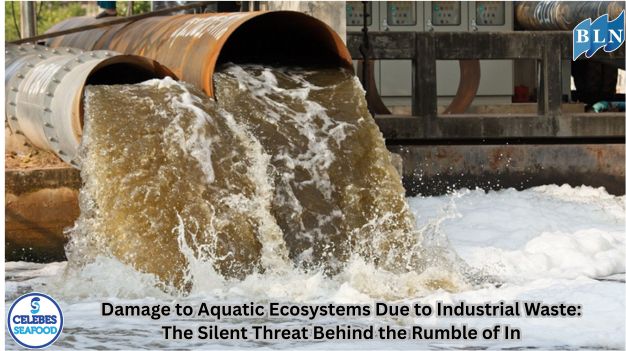
lautnusantara.com Aquatic ecosystems, be they rivers, lakes, or oceans, are the heart of life on Earth. They provide vital resources, serve as habitats for millions of species, and play a vital role in the global hydrological cycle. However, the rumbling wheels of industry often leave behind a damaging trail: industrial waste. Poorly managed industrial waste disposal has become one of the main causes of damage to aquatic ecosystems, threatening biodiversity and even human health.
A. Various Forms of Industrial Waste and Their Impacts
Factory waste varies greatly, depending on the type of industry, and each has its own unique potential for damage:
- Toxic Liquid Waste: This is the most commonly seen form of waste. The chemical, textile, pulp and paper, and metal industries often discharge wastewater containing hazardous chemicals such as mercury, cadmium, lead, cyanide, and various complex organic compounds. When this waste enters water bodies, it can cause mass deaths of fish and other aquatic organisms, contaminate drinking water sources, and accumulate in the food chain. Contaminated fish can be harmful to humans who consume them.
- Solid Waste and Sediment: Solid residues from industrial processes, such as sludge, debris, or unused raw materials, are often discharged into water bodies. These can cover the bottom of rivers or lakes, blocking sunlight essential for photosynthesis of aquatic plants, and burying benthic organisms (organisms that live on the bottom of the water). Sediment buildup can also alter water flow and accelerate siltation.
- Thermal Pollution: Some industries, especially power plants, discharge high-temperature cooling water into water bodies. This increase in water temperature, even by a few degrees Celsius, can significantly reduce the level of dissolved oxygen in the water. Many species of fish and aquatic invertebrates are very sensitive to temperature changes, so increased temperatures can cause stress, mortality, or forced migration.
- Excess Nutrients: Wastewater from the food industry, intensive agriculture, or organic waste processing can contain high levels of nitrogen and phosphorus. When these nutrients enter water bodies, they can trigger eutrophication – explosive growth of algae (often called algal blooms). Massive algal blooms deplete dissolved oxygen as the algae die and decompose, creating dead zones where aquatic life cannot survive.
- Microplastics: The plastic and textile industries are major contributors of microplastics to the aquatic environment. These tiny plastic particles can be ingested by aquatic organisms, block their digestive systems, or carry toxic chemicals that then enter the food chain.
B. Chain Impacts on Life and Humans
The damage to aquatic ecosystems by industrial waste has a domino effect:
- Loss of Biodiversity: Species that are susceptible to pollution die or are unable to reproduce, leading to population declines and even local extinctions. This reduces the resilience of the ecosystem to other disturbances.
- Food Chain Disruption: The loss of one or more species can disrupt the entire food chain. For example, if algae-eating fish die, algae can grow uncontrollably, or if a top predator loses its prey, the balance of the ecosystem is disrupted.
- Human Health Threat: Polluted water is unsuitable for drinking, bathing, or irrigation. Fish contaminated with heavy metals or other chemicals can cause a variety of serious health problems in humans, ranging from neurological disorders to cancer.
- Economic Losses: Communities that depend on fisheries or marine tourism will suffer significant economic losses due to declining fish populations and the destruction of natural beauty.
C. Mitigation and Future Steps
Overcoming the damage to aquatic ecosystems due to factory waste requires a multi-faceted approach:
- Strict Law Enforcement: The government must strengthen regulations and impose heavier sanctions on industries that dispose of waste carelessly. Strict and transparent supervision is essential.
- Waste Treatment Technology: Industries must invest in advanced waste treatment technology to neutralize or eliminate hazardous materials before disposal. The concept of "clean production" must be encouraged, which is reducing waste at the source.
- Recycling and Circular Economy: Encouraging industrial waste recycling practices and transitioning to a circular economy model can significantly reduce the amount of waste produced.
- Public and Consumer Participation: The public must be active in reporting pollution and demanding accountability from industries. Consumers can support products from environmentally responsible companies.
- Ecosystem Restoration: Efforts to rehabilitate and restore damaged aquatic ecosystems, such as replanting aquatic vegetation or cleaning sediment, must continue to be carried out.
Damage to aquatic ecosystems by factory waste is a global problem that requires collective action. Maintaining the health of our waters is not only about preserving nature, but also ensuring the survival and well-being of humans.
If you are interested in our Coral Trout Fillet Skin On, CORAL TROUT WGG WHOLE GILLED GUTTED, TOMATO COD WHOLE GILLED GUTTED please do not hesitate to contact us through email and/or whatsapp.
 Extreme Deep-Sea Vent Inhabitant.jpg)

